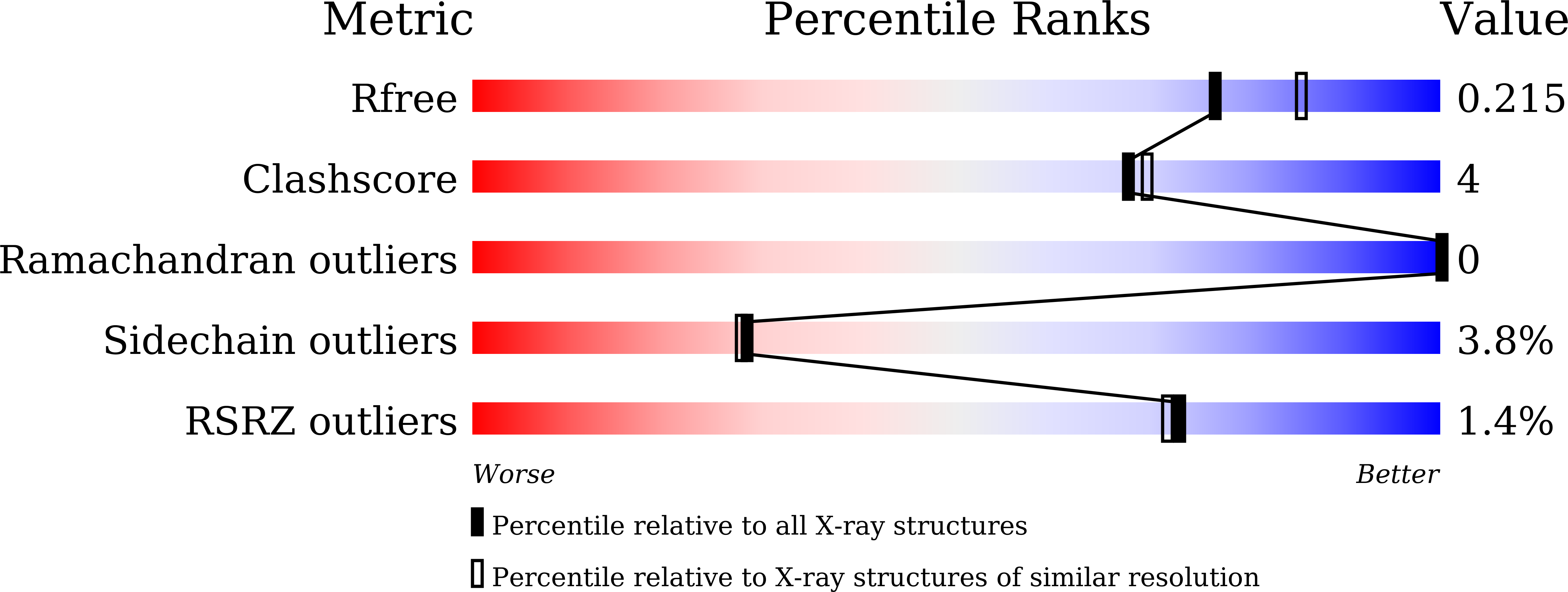
Deposition Date
2023-09-24
Release Date
2024-09-25
Last Version Date
2024-11-27
Method Details:
Experimental Method:
Resolution:
2.00 Å
R-Value Free:
0.21
R-Value Work:
0.17
R-Value Observed:
0.17
Space Group:
P 21 21 21


